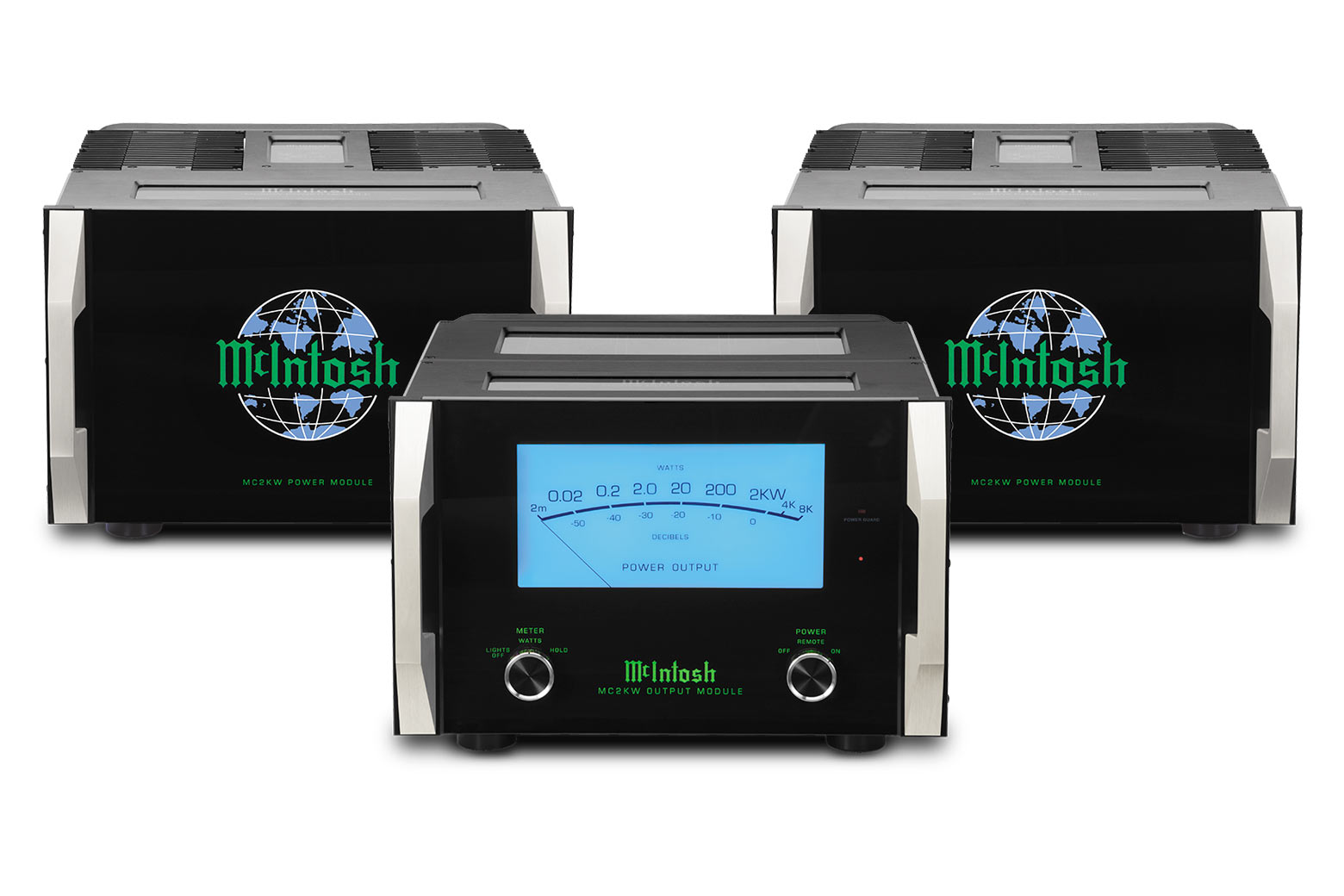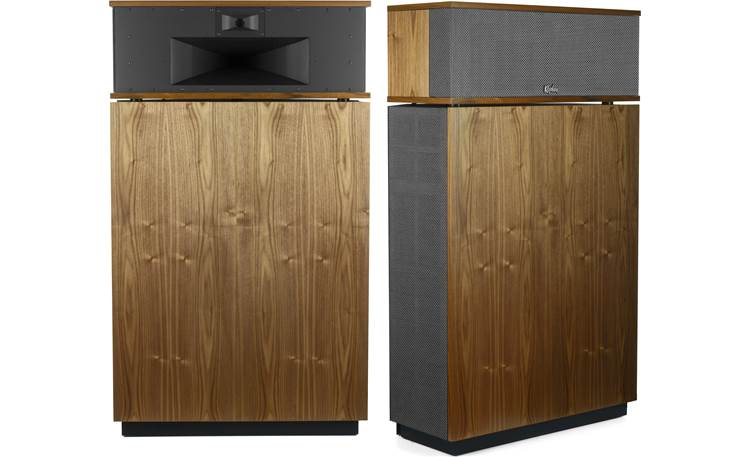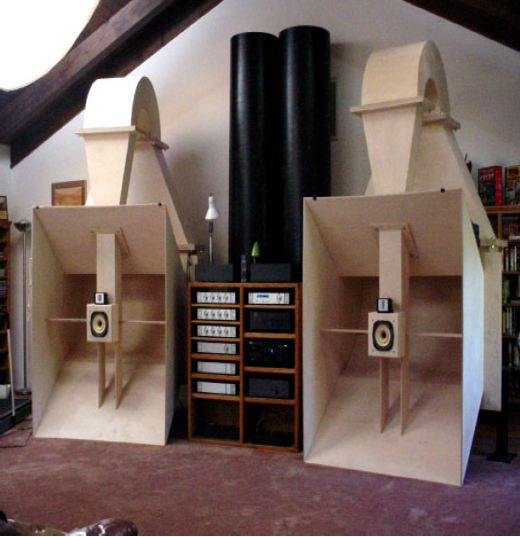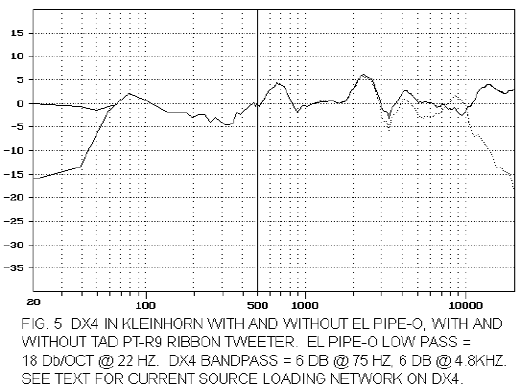watchnerd
Grand Contributor
- Thread Starter
- #101
He measured it in Art's driveway, freespace.
Klipsch measured it 1/8 space in their anechoic chamber in accordance with AES standards. I have heard it, it's.the same great horn-loaded bass that is like no other, and you can tell that is the tweeter that has to keep up with the woofer. The bass is realistic, low distortion.
The new tractrix tweeter and Neo driver are a definite high end improvement.
Driveway doesn't really explain the drawn out step response.






